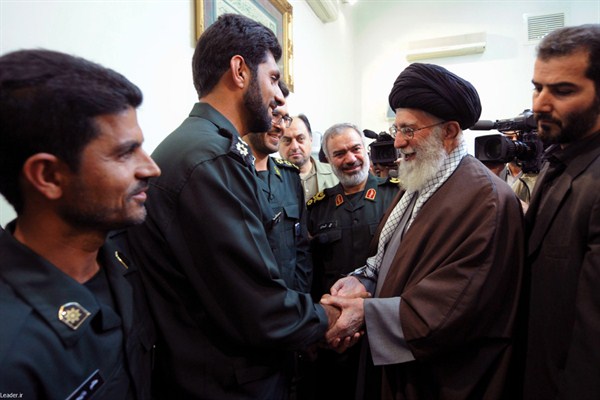The lifting of economic sanctions on Iran has raised concerns that Tehran will use its newly released funds on vast military spending, threatening stability in the Middle East. Given escalating tensions with its Gulf Arab neighbors, the presence of the self-proclaimed Islamic State along its borders and ongoing military operations in Syria, Iran is indeed likely to spend a significant portion of its unfrozen assets and the unknown billions generated from renewed foreign trade on its military. Even so, it faces an enormous modernization bill and a host of bureaucratic, political and military-doctrinal challenges before it can effectively turn cash into increased military power. Indeed, it is unlikely that Iran will undertake a coherent plan of military modernization in an attempt at regional dominance. Instead, internal squabbles are likely to result in poorly coordinated and limited upgrading efforts for the foreseeable future.
A combination of international scrutiny and Iran’s own propensity to publicize its alleged technological breakthroughs has put its military under the microscope. Analysis of its military power frequently focuses on a few core capabilities: conventionally armed missiles, its navy, and unconventional forces suited for hybrid and proxy warfare under the aegis of the Quds Force, the elite unit of the powerful Iranian Revolutionary Guards Corps (IRGC). Iran’s military strength is clear here, but in other areas, it is woefully lacking.
Nowhere is that more evident than with the Iranian air force. In 1979, Iran inherited one of the world’s largest and most sophisticated combat aircraft fleets, all American-made. But after 8 costly years of war with Iraq, years of military and trade sanctions, and the fatigue resulting from approximately 40 years of operation, its air force has been reduced to a low-readiness, crash-prone and antiquated fleet essentially only capable of policing Iran’s airspace.

